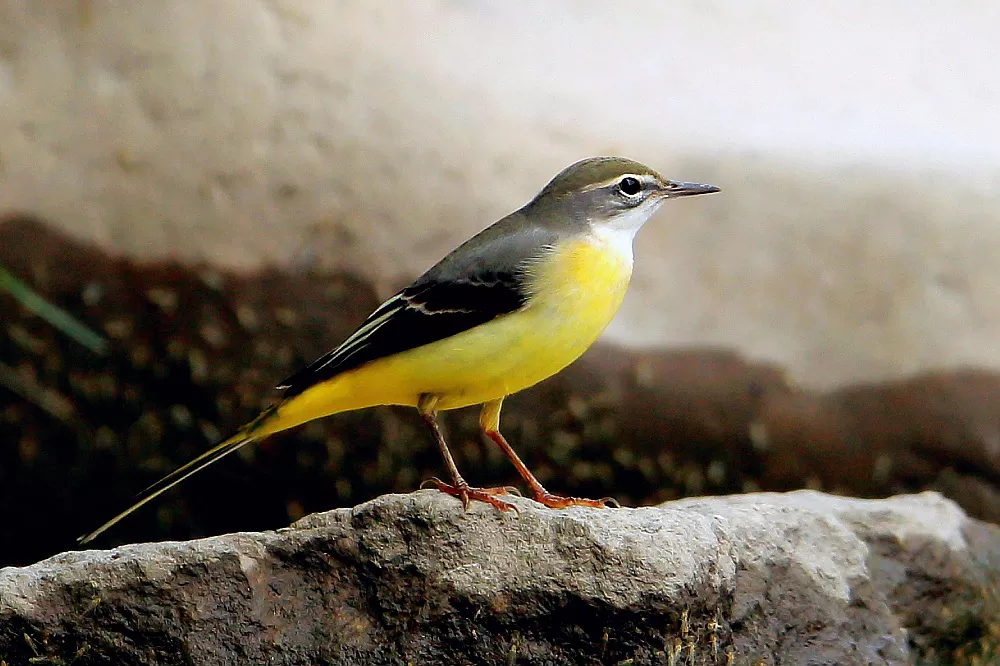The Yellow Wagtail (Motacilla flava) is a small, brightly colored bird that belongs to the family Motacillidae. It is a migratory species found across Europe, Asia, and Africa, with different subspecies found in different regions. The bird is known for its distinctive yellow plumage and its habit of wagging its tail up and down when excited or agitated. In this article, we will discuss the feeding habits of the Yellow Wagtail.
Diet and Feeding Habits
The Yellow Wagtail is an insectivorous bird, which means it feeds mainly on insects and other small invertebrates. Its diet includes a wide range of insects such as flies, beetles, spiders, and caterpillars. They are also known to feed on small crustaceans, worms, and snails.
Yellow Wagtails typically forage on the ground or in shallow water, and they use their sharp eyesight to spot prey from a distance. Once they spot a potential meal, they quickly run or fly to the spot and pick up the prey with their beaks. They are also known to hover in the air while catching insects on the wing.
Yellow Wagtails are opportunistic feeders and can adjust their diet depending on the availability of food. During the breeding season, they may supplement their diet with larger insects, such as grasshoppers and crickets. They have also been observed feeding on small fish and tadpoles.
Yellow Wagtails have been known to associate with grazing livestock, such as cows and sheep, where they feed on the insects that are disturbed by the animals. They also feed on insects that are attracted to manure or other organic waste.
In summary, the Yellow Wagtail is an insectivorous bird that feeds mainly on insects and other small invertebrates. It forages on the ground or in shallow water and uses its sharp eyesight to spot prey from a distance. It is an opportunistic feeder that can adjust its diet depending on the availability of food. Yellow Wagtails have been known to associate with grazing livestock and feed on insects attracted to manure or other organic waste.


 Facebook
Facebook  Instagram
Instagram  Youtube
Youtube 